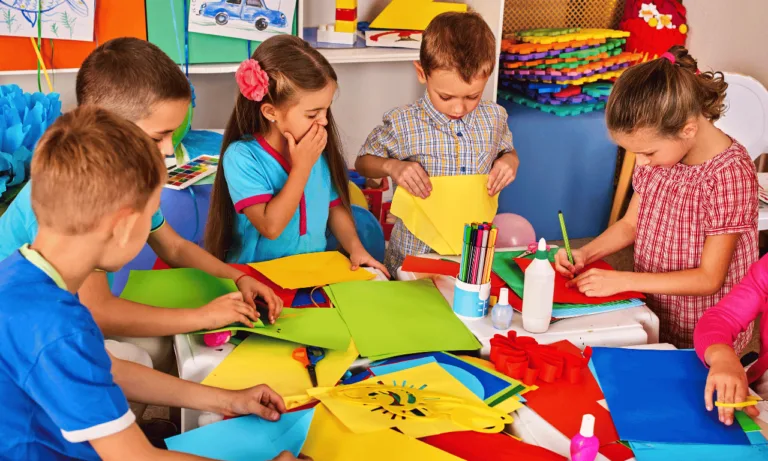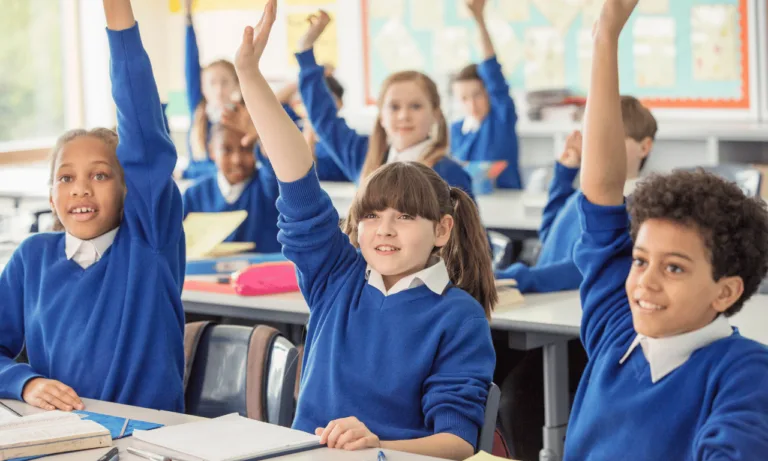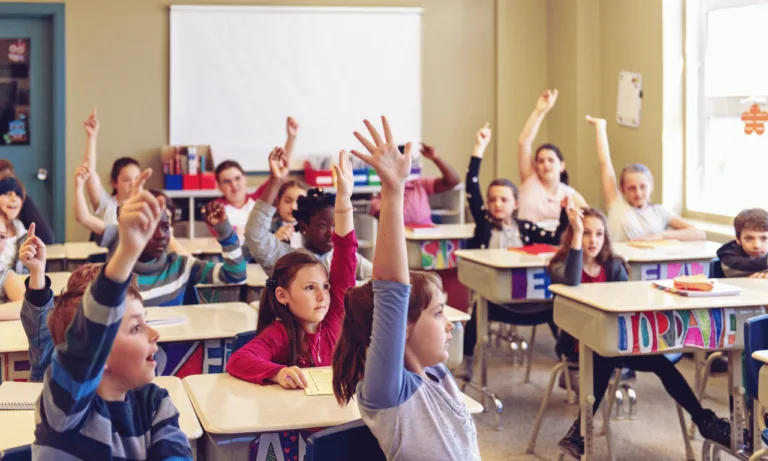Phone:
(+65)8319-0742
Educators at the forefront of innovation understand the value of Reflective Teaching Practices in catalyzing educator growth. These methodologies are not just about self-improvement; they are rooted in the premise that through thoughtful examination of instructional techniques and strategies, teachers enhance the student learning outcomes. Reflective practice encourages educators to look inward and outwardâscrutinizing their approaches to teaching and the consequent effect on their students to continually refine their professional skills.
Fostering a culture of reflection does more than just underpin continuous professional developmentâit propels educators towards a deeper connection with their work and their students. By incorporating reflective exercises and analysis into their routine, teachers create a dynamic classroom environment where both student and teacher thrive through improved instructional strategies.
Key Takeaways
- Reflective Teaching Practices drive meaningful educator growth and development.
- Regular self-evaluation promotes enhanced instructional strategies.
- Thoughtful reflection can significantly improve student learning outcomes.
- Introspective approaches in teaching encourage a deeper educator-student connection.
- Embracing reflective practices leads to a more responsive and effective educational experience.
Embracing Reflective Teaching: A Pathway to Educational Improvement
In the journey toward educational improvement, reflective teaching practices emerge as a critical path for strengthening professional development and teaching effectiveness. These approaches encourage a richer understanding of classroom dynamics and the effectiveness of instructional strategies.
The Importance of Self-assessment in Teacher Reflection
Central to reflective teaching practices is self-assessment, an aspect that illuminates the narrative of an educatorâs growth. Through consistent self-assessment, educators forge an indispensable link to ongoing professional development, finely tuning their approaches to meet the demands of dynamic classrooms. Tools like reflection journals offer vivid snapshots of daily classroom interactions, equipping teachers with the insights necessary for continuous improvement and educational research.
Utilizing Classroom Observation for Instructional Strategies Optimization
Classroom observation serves as a powerful tool for augmenting instructional strategies. Institutions like Yale’s Poorvu Center exemplify the value of employing video recording to elevate the quality of self-reflection and peer feedback. This analytical lens, afforded through observation, sharpens teaching methodologies further, driving increased teaching effectiveness.
Integrating Theory and Research to Enhance Teaching Effectiveness
The combination of educational research and theory with practical teaching experience enriches the repertoire of instructional strategies. A thorough exploration of pedagogical theories and research findings empowers teachers to frame their instructional methods within a context of validated educational principles, promoting an environment ripe for educational improvement.
To distinctly portray the relationship between various reflective practices and their impact on teaching effectiveness, a comparative table may be employed:
| Reflective Practice | Tools for Implementation | Benefits to Professional Development |
|---|---|---|
| Self-assessment | Reflection Journals, Teaching Inventories | Creates awareness of teaching efficacy and areas for growth |
| Classroom Observation | Video Recording, Peer Reviews | Allows the analysis and improvement of instructional strategies |
| Theory and Research Integration | Educational Literature, Collaborative Discussions | Fosters adoption of evidence-based teaching practices |
By embodying a reflective mindset, educators are poised to enhance their teaching effectiveness, ensuring that the path they tread leads unequivocally towards educational improvement.
Key Components of Reflective Teaching Practices
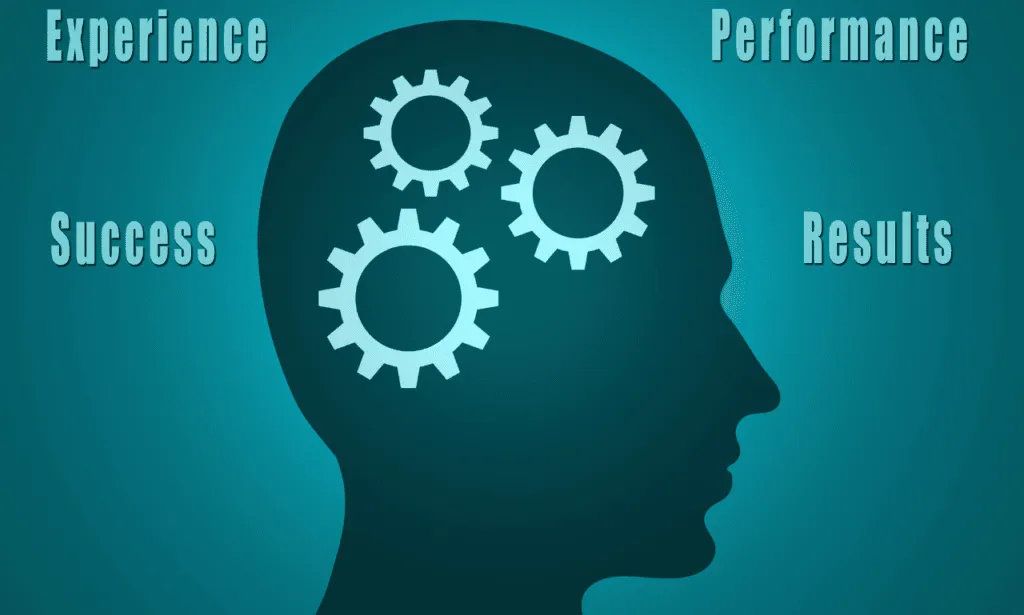
At the heart of Reflective Teaching Practices lie several crucial elements that form the foundation of a teacher’s capacity for educational improvement and professional development. Understanding these components not only enhances teacher reflection but also molds an effective environment for learning and growth. Perhaps the most significant of these is the Experiential Learning Cycle, a model that encourages educators to process and learn from their experiences in the classroom.
- Experience: Practical classroom engagement where events and interactions take place.
- Reflection: Deliberate thinking about those experiences, considering various perspectives.
- Conceptualizing: Formulating ideas and theories based on those reflections.
- Experimenting: Applying new concepts to create tangible educational improvements.
The process of reflection was emphasized by philosopher John Dewey as essential in making meaning from one’s experiences, and it extends beyond the individual to a collaborative effort among educational stakeholders. It is an ongoing dialogueâa conversation that challenges teachers to maintain an inquisitive mindset and a commitment to continuous learning.
| Component | Description | Impact on Professional Development |
|---|---|---|
| Experience | Direct involvement in teaching and learning activities | Groundwork for reflective thought and analysis |
| Reflection | Critical examination of teaching experiences | Supports metacognitive skills and self-awareness |
| Conceptualizing | Development of new ideas for teaching practices | Encourages pedagogical innovation |
| Experimenting | Implementing new strategies in the classroom | Leads to progressive educational improvements |
To foster Reflective Teaching Practices, educators must adopt specific attitudes towards teaching and learning that embrace flexibility, curiosity, and a robust approach to teacher reflection. By doing so, teachers can elevate their own professional trajectories while simultaneously elevating the educational experiences of their students.
The Role of Feedback in Shaping Reflective Teaching Practices

Feedback is a cornerstone in the journey of educational improvement, serving as a compass for guiding Reflective Teaching Practices. As educators, understanding how to navigate and incorporate this feedback is essential for professional development and cultivating a more impactful learning environment. The three key areas where feedback plays a pivotal role include interpreting student learning outcomes, engaging in peer review, and leveraging external educational tools.
Interpreting Student Learning Outcomes through Evaluations
Mid-term and end-of-term evaluations are invaluable tools for teacher reflection, providing detailed insights into student learning outcomes. By examining this feedback, educators can pinpoint strengths and areas for improvement, thus tailoring their instructional strategies for enhanced educational outcomes. Moreover, this continuous loop of feedback and reflection is indispensable in promoting a holistic perspective on educational impact.
Peer Review and Collaborative Reflection for Professional Growth
Peer review stands out as a powerful catalyst for professional development, emphasizing the collaborative nature of Reflective Teaching Practices. With classroom observation and open discussions, educators build upon each other’s experiences, forging a stronger, more cohesive reflective teaching community. This synergy not only advances teaching methods but also enriches the professional journey with diverse insights and shared wisdom.
Leveraging External Education Tools for Classroom Practice Insights
The use of external education tools exemplifies the proactive approach of Reflective Teaching Practices. Virtual coaching platforms, reflection journals, and professional learning communities offer varied perspectives that are critical for deep teacher reflection. These resources extend beyond the traditional classroom setting, bringing in external expertise and objective analysis that can profoundly shape classroom practices and educational improvement.
Reflective Teaching Practices for Sustained Educator Development
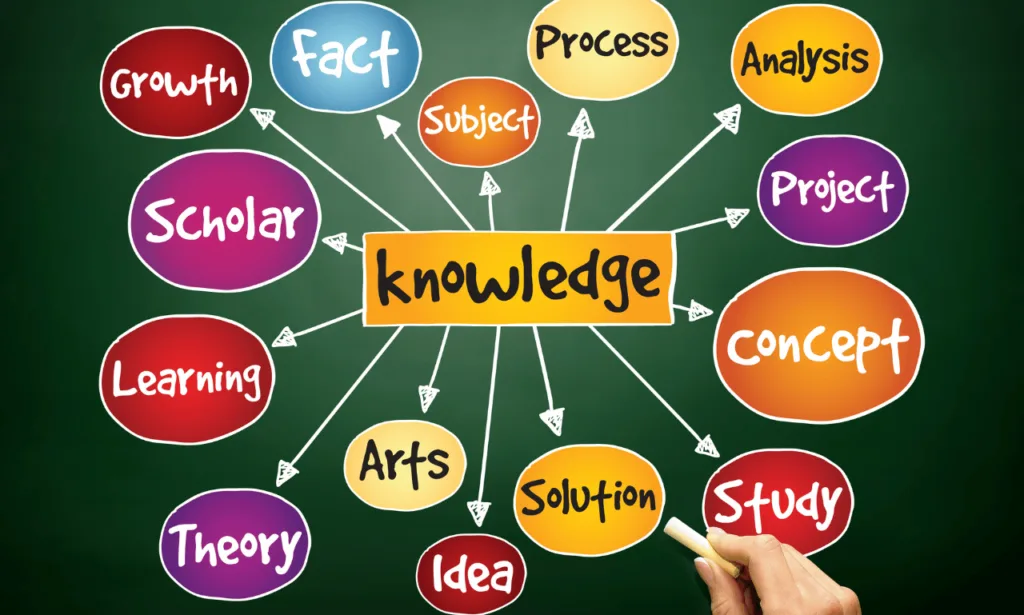
In the realm of education, the adoption of Reflective Teaching Practices is not a fleeting trend but a cornerstone for sustained educator development. These practices are more than periodic self-evaluations; they are part of a comprehensive journey towards professional growth and effective self-management. By embedding reflection into the fabric of daily instructional life, educators fortify their teaching methodologies and nurture their well-being.
To encapsulate the ethos of Reflective Teaching Practices, let’s consider the following intentional actions that educators can adopt to ensure consistent professional evolution:
- Maintaining a reflective journal to document insights and experiences for later analysis.
- Utilizing digital platforms for tracking progress and setting goals for future teaching.
- Conducting end-of-class retrospectives to assess the dayâs lessons and outcomes.
- Engaging in professional learning communities for collaborative reflection and mutual support.
The resulting benefits of these ingrained habits extend far beyond the immediate classroom. They spool into the overarching narrative of a teacherâs career, reinforcing a mindset geared towards lifelong learning and continuous improvement.
| Reflective Practice | Description | Benefits |
|---|---|---|
| Reflective Journals | Documenting daily teaching experiences and student interactions | Promotes introspection and captures growth over time |
| Digital Tools | Utilizing technology to organize and review reflective data | Enables structured goal-setting and easy access to reflective history |
| End-of-Class Reviews | Quick, consistent reflection at the close of each lesson | Helps in making immediate adjustments and planning for the next lessons |
| Professional Learning Communities | Collaboration with other educators to share best practices and insights | Supports network-building and exposes educators to new perspectives |
Integrating Reflective Teaching Practices into everyday teaching routines is not an end, but the foundation for a robust framework promoting sustained educator development. The progression of such practices ensures that educators lead their own learning, remain engaged in their profession, and ultimately, enhance their ability to foster student success.
Conclusion
In the realm of education, the power of Reflective Teaching Practices cannot be overstated when it comes to fostering meaningful educator growth. The culmination of such practices is seen in the enhancement of not only instructional strategies but also in the notable improvement of student learning outcomes. As educators commit to deep and authentic teacher reflection, they champion a dual advancementâpersonal and professionalâthus paving the way for sustained educational progress and success.
Embarking on this journey requires a dedication to self-assessment, a willingness to adapt and incorporate constructive feedback, and the pursuit of an ever-evolving approach to pedagogical self-improvement. These tenets of reflective teaching answer the ever-changing needs of students and educators alike, providing the foundation for a responsive and informed teaching experience. Through meticulous reflection and strategic instructional planning, teachers are better equipped to understand and serve their students’ diverse educational needs.
Ultimately, Reflective Teaching Practices act as the keystone in an educator’s pursuit of excellence. They underpin an ongoing cycle of review, adaptation, and enhancement that feeds the continuous loop of teaching and learning. Not only do they instill a culture of perpetual educational improvement, but they also solidify the teacherâs role as a lifelong learnerâever curious, ever evolving, and always striving to elevate the educational experience for themselves and their students.
FAQ
What are Reflective Teaching Practices and why are they important for educator growth?
Reflective Teaching Practices involve teachers thoughtfully analyzing and evaluating their instructional strategies to improve their teaching effectiveness and student learning outcomes. They are crucial for educator growth as they help teachers identify areas of improvement, stay relevant with educational research, and ensure their teaching aligns with their students’ needs.
How does self-assessment contribute to effective teacher reflection?
Self-assessment allows teachers to introspect and create a detailed chronicle of their teaching experiences. Tools such as reflection journals and teaching inventories enable educators to monitor classroom dynamics and critically evaluate their teaching strategies, fostering a mindset that prioritizes continuous professional development and educational improvement.
In what ways can classroom observations optimize instructional strategies?
Classroom observations, including self-recorded video teaching sessions and peer observations, offer valuable feedback. Teachers can observe their own practices and receive actionable insights from others to refine their instructional strategies, ultimately enhancing the learning experience for their students and their own teaching effectiveness.
Why is it important to integrate theory and research into reflective teaching?
Integrating educational theory and research into reflective teaching enables educators to ground their practice in evidence-based strategies. This integration encourages the application of effective teaching principles and supports the development of teaching techniques that are student-centered and results-driven.
How do student evaluations influence reflective teaching practices?
Student evaluations, including mid-term and end-of-term feedback, provide critical insights into teaching performance from the learner’s perspective. They help identify themes that need attention and enable teachers to adjust their pedagogical approaches to better meet the needs of their students, thereby shaping more effective teaching practices.
What is the role of peer review in a teacher’s professional development?
Peer review facilitates collaborative reflection, which is essential for professional growth among educators. It encourages the sharing of best practices, constructive feedback, and continuous improvement in teaching methods, fostering a culture of support and a community committed to teaching excellence.
How can external education tools facilitate insights into classroom practices?
External education tools such as virtual coaching platforms, professional learning communities, and a variety of reflection journals provide teachers with alternative viewpoints and external feedback. These tools are critical for gaining fresh perspectives, enhancing self-awareness, and benefiting from constructive criticism, all of which contribute to overall professional development.
What practices encourage sustained educator development through reflective teaching?
To encourage sustained educator development, teachers should establish regular reflection rituals, such as journaling, end-of-class retrospectives, and engaging in professional learning communities, along with utilizing digital tools. These continuous practices support lifelong learning and help address the evolving demands in education and the ever-changing needs of students.









